Critical Infrastructure Protection (CIP) Market Size
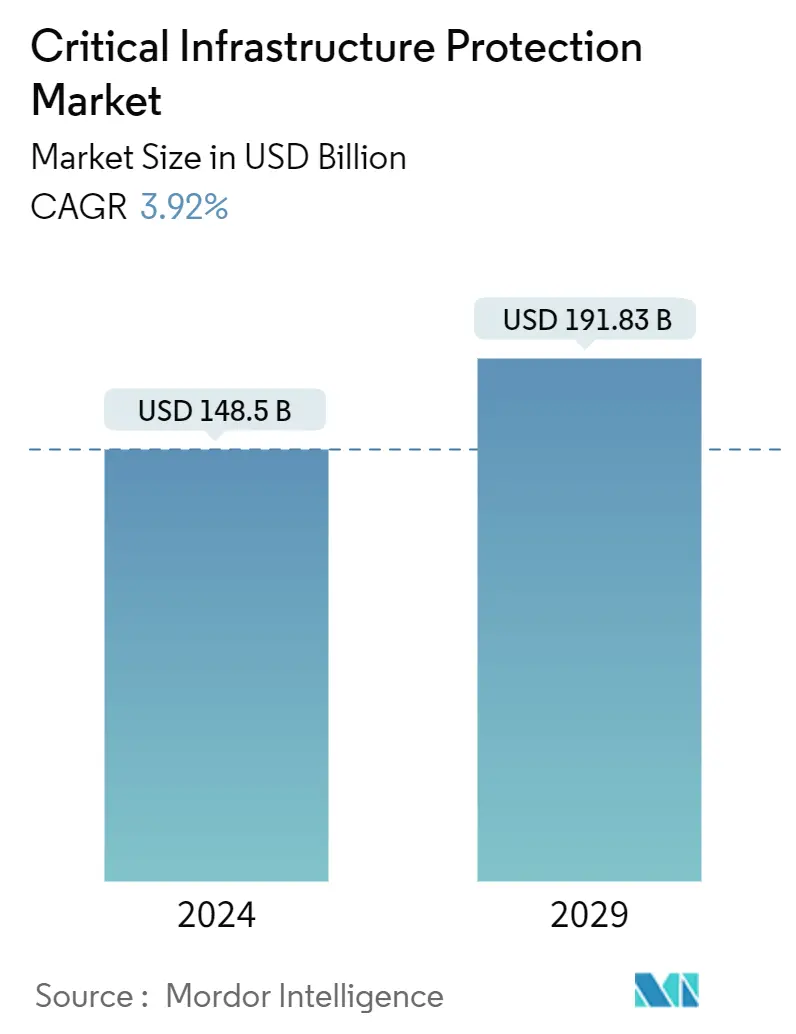
| Study Period | 2019 - 2029 |
| Market Size (2024) | USD 148.5 Billion |
| Market Size (2029) | USD 191.83 Billion |
| CAGR (2024 - 2029) | 3.92 % |
| Fastest Growing Market | Asia Pacific |
| Largest Market | North America |
Major Players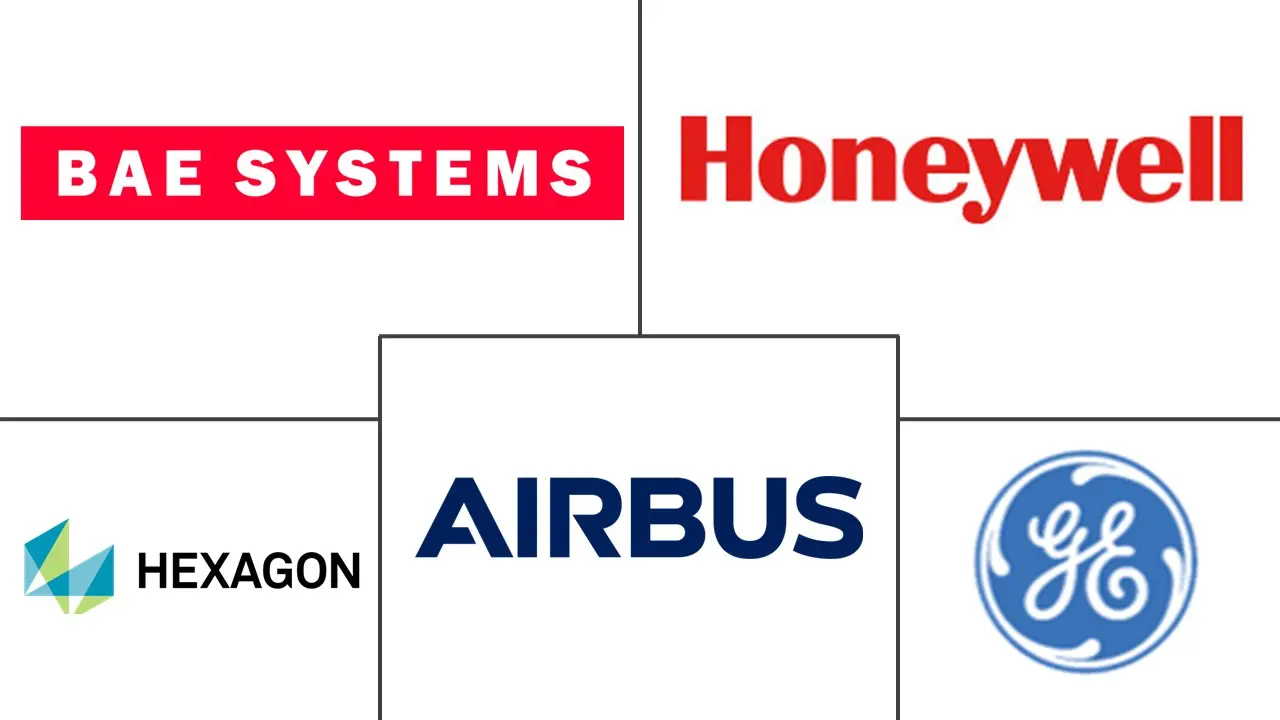
*Disclaimer: Major Players sorted in no particular order |
Critical Infrastructure Protection (CIP) Market Analysis
The Critical Infrastructure Protection Market size is estimated at USD 148.5 billion in 2024, and is expected to reach USD 191.83 billion by 2029, growing at a CAGR of 3.92% during the forecast period (2024-2029).
The critical infrastructure protection (CIP) market is growing as it plays an active and dynamic part in helping modern society's seamless progression and assimilation. The performance, safety, reliability, continuous operation, maintenance, and protection of critical infrastructure are national priorities across the globe.
- Critical infrastructure (CI) offers essential services that underpin society and serve as the spine of any nation's economy, health, and security. The power used in homes and industries, transportation, and communication systems is a part of critical infrastructure.
- Due to rapid urbanization worldwide, there has been immense stress on city infrastructure, and governments are focusing on enhancing the infrastructure, such as transport, energy, and water, to provide better livability. The information and the telecommunications sector also play a crucial role in the market.
- Furthermore, various critical infrastructure and operational technologies widely support defense bases and facilities, from power generation and utilities to building automation and security systems. Destruction of these bases can weaken national economic security, such as loss of power, exposure of confidential information, interruptions to operations, etc. Therefore, the issue of critical infrastructure protection is emerging as a primary concern for governments, infrastructure managers, and local authorities. The European Union (EU), through its European Program for Critical Infrastructure Protection (EPCIP), announced the significance of CIP to all its member states and citizens.
- Industrial control system devices play an essential role in critical infrastructures, such as the power grid. In recent years, various ICS devices have been accessible online, resulting in potential security issues. However, there is a lack of deep understanding of the characteristics of these devices in cyberspace. A lack of standard-based technical security testing puts the industrial control environments and critical national infrastructure at risk of cyberattacks.
- Post-COVID, with more people working remotely, there was a surge in cyber threats, including phishing attacks and ransomware. Critical infrastructure operators faced an increased risk of cyber-attacks as they adapted to new working conditions that might not have been as secure as their traditional setups. This has lead to major market growth post pandemic.
Critical Infrastructure Protection (CIP) Market Trends
Maintenance and Support Services to Witness Major Growth
- Maintenance and support services are a set of procedures designed to ensure the performance of the service for business continuity. These services include maintenance of hardware and software systems on a regular basis. Maintenance of critical infrastructure is essential for continuous operation. Damage to a critical infrastructure may have a significant negative impact; therefore, business development managers and owners of critical infrastructure are investing significantly to protect the core of business operations and critical security-related areas of the organization.
- Unlike IT networks, the lifetimes of operational technology (OT) components are in the range of decades, varying from 15 to 25 years, and these systems become an easy target for cyberattacks because of the vulnerabilities and holes in such outdated software and hardware. Therefore, they need to be maintained regularly.
- Energy and power generation and distribution networks are observing a growing demand for maintenance and support services to keep pace with dramatically increasing electricity demand. The energy sector is uniquely critical because it enables all other critical infrastructure sectors. Without reliable and secure electricity networks, economies and communities cannot function. This has increased the importance of cybersecurity for energy and utility companies because they face the challenges of protecting vast supply chains, electricity grids, and customer information from cyber threats.
- In October 2023, Google Cloud joined the E-ISAC Vendor Affiliate Program to contribute to the electricity industry's collective defense by providing subject matter expertise on critical vulnerabilities and security solutions. As a Vendor Affiliate Program partner, Google Cloud will devote experts to working alongside industry leaders to transform and secure the electricity sector. The company will bring the Google Cybersecurity Action Team to protect the electricity industry against cyberattacks. Google has also committed to investing at least USD 10 billion over five years to advance cybersecurity.
- Overall, the growing collaboration between industry and vendors for the maintenance and support of supply chain interdependencies and strengthening their collective defense against growing cyberattacks that include ransomware, supply chain compromise, botnets, and worm attacks to protect critical infrastructure is propelling the segment growth in the market studied.
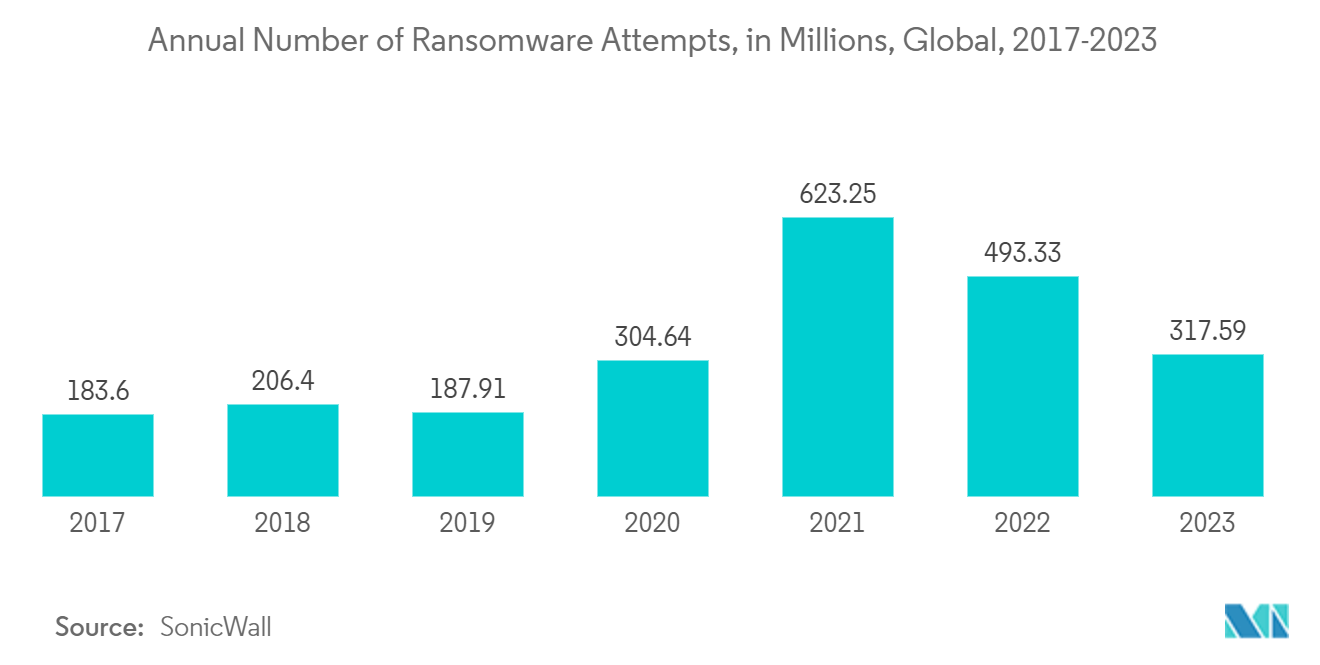
North America is Expected to Hold Significant Market Share
- The adoption of critical infrastructure protection (CIP) in the United States has been a comprehensive and evolving process driven by the need to secure vital systems and assets, ensuring national security.
- In the energy sector, regulatory bodies like the Federal Energy Regulatory Commission (FERC) enforce standards to ensure the security of power grids and energy infrastructure. The increasing digitization of power grids and utilities necessitates a strong focus on cybersecurity. The Department of Homeland Security (DHS) and the Cybersecurity and Infrastructure Security Agency (CISA) play vital roles in protecting these systems from cyber threats.
- The United States electricity segment contains more than 6,413 power plants with approximately 1,075 gigawatts of installed generation. The energy and power industry across the United States is experiencing a significant uptake of RADAR security technologies to safeguard critical assets. Concerns regarding the economy, public safety, operational continuity, and environmental well-being have elevated cybersecurity as a foremost priority for power and utility companies.
- Smart cities and transportation systems heavily rely on digital technologies, which expose them to cyberattacks. CIP develops robust cybersecurity strategies and threat intelligence to mitigate these risks. The transportation sector falls under the purview of the Department of Transportation (DoT), which enforces regulations for securing transportation infrastructure, including airports and mass transit systems.
- The Department of Transportation is leading federal initiatives to revamp the country's infrastructure. They have a major focus on integrating cybersecurity through significant investments under the Bipartisan Infrastructure Law. This endeavor primarily takes place at the state and local levels. Moreover, in May 2023, Illinois Tech's initiatives received a USD 10 million federal grant to establish a new Tier 1 transportation center, further strengthening cybersecurity in navigation systems.
- In March 2023, the Federal Bureau of Investigation (FBI) published a report. It stated that in the previous year, the FBI received reports of ransomware attacks across the country, with more than one-third affecting organizations in the critical infrastructure sectors. Out of the 2,385 ransomware incidents reported, 870 targeted critical infrastructure entities. The high incidence of ransomware attacks targeting critical infrastructure sectors underscores the need for robust critical infrastructure protection measures. In reference to this, in May 2023, the US Cybersecurity & Infrastructure Security Agency (CISA) launched the Ransomware Vulnerability Warning Pilot (RVWP) program to help secure critical infrastructure organizations to protect their systems from ransomware attacks.
- The Canadian Government, primarily through Public Safety Canada, has been actively engaged in coordinating and enhancing critical infrastructure protection. With the increasing importance of digital infrastructure, Canada has been concentrating on enhancing cyber security for critical systems. This includes regulations and standards to safeguard against cyber threats.
- As per the Canadian Government, ransomware is almost certainly the primary cyber threat to the reliable supply of oil and gas to Canadians, and the most likely targets for cyber threat actors intending to disrupt the oil and gas supply in Canada are bottlenecks in the oil transmission and processing stages. Potential targets include large-diameter pipelines' business and OT networks, transfer terminals, and major refining facilities.
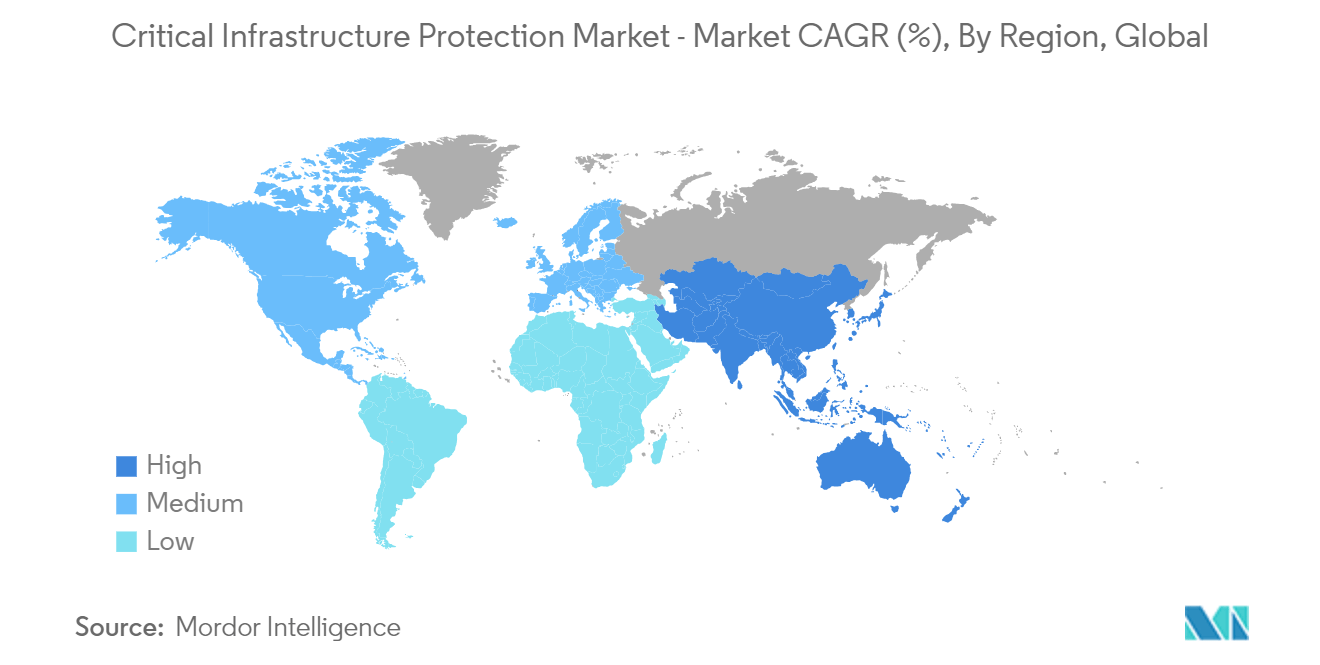
Critical Infrastructure Protection (CIP) Industry Overview
The Critical Infrastructure Protection Market is highly fragmented, with the presence of major players Bae Systems PLC, Honeywell International Inc., Airbus SE, Hexagon AB, and General Electric Company. Players in the market are adopting strategies such as partnerships and acquisitions to enhance their product offerings and gain sustainable competitive advantage.
- September 2023 - Ericsson announced an expansion of its successful and long-standing partnership with Google Cloud to develop an Ericsson Cloud RAN solution on Google Distributed Cloud (GDC) that offers integrated automation and orchestration and leverages AI/ML for additional communications service providers (CSP) benefits. GDC is a fully managed hardware and software portfolio that extends Google Cloud's infrastructure and services to the edge and into the data centers. Deploying Ericsson Cloud RAN on GDC Edge enables the delivery of a fully automated and very large-scale distributed cloud, resulting in an efficient, reliable, highly performant, and secured software-centric radio access network infrastructure.
- June 2023 - McAfee Corp., a global player in online protection, announced McAfee Business Protection, a new comprehensive security solution for small business owners in collaboration with Dell Technologies. McAfee Business Protection helps Dell small business customers avoid cyber threats and vulnerabilities with award-winning security, identity and dark web data monitoring, VPN, web protection for safe browsing, and more.
Critical Infrastructure Protection (CIP) Market Leaders
-
Bae Systems PLC
-
Honeywell International Inc.
-
Airbus SE
-
Hexagon AB
-
General Electric Company
*Disclaimer: Major Players sorted in no particular order
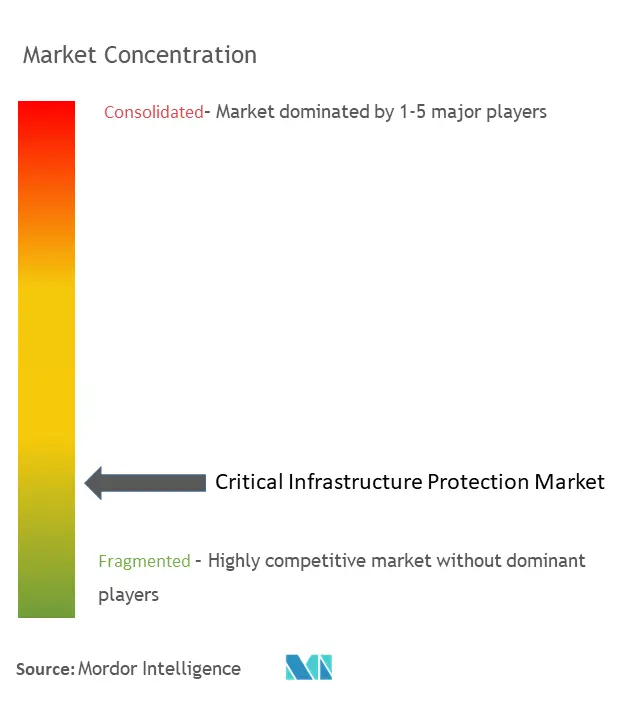
Critical Infrastructure Protection (CIP) Market News
- October 2023 - GHD Digital announced the launch of its Cyber Critical Infrastructure and Risk Centre of Excellence (CoE), designed to protect organizations, their critical systems, and sensitive information from the growing threat of cyber-attacks.
- May 2023 - The U.S. Cybersecurity & Infrastructure Security Agency (CISA) revealed the Ransomware Vulnerability Warning Pilot (RVWP) program to help secure critical infrastructure organizations that can protect their systems from ransomware attacks. The RVWP pilot aims to keep agencies updated on possible attack targets so their security teams can act accordingly.
Critical Infrastructure Protection (CIP) Market Report - Table of Contents
1. INTRODUCTION
- 1.1 Study Assumptions and Market Definition
- 1.2 Scope of the Study
2. RESEARCH METHODOLOGY
3. EXECUTIVE SUMMARY
4. MARKET INSIGHTS
- 4.1 Market Overview
-
4.2 Industry Attractiveness - Porter's Five Forces Analysis
- 4.2.1 Bargaining Power of Suppliers
- 4.2.2 Bargaining Power of Buyers
- 4.2.3 Threat of New Entrants
- 4.2.4 Threat of Substitutes
- 4.2.5 Degree of Competition
- 4.3 An Assessment of the Impact of COVID-19 on the Market
- 4.4 Use Case Analysis- By End-Users
5. MARKET DYNAMICS
-
5.1 Market Drivers
- 5.1.1 Enormous Investments in Smart Grid Technology
- 5.1.2 Physical Threats, Cyber Threats, and Insider Attacks
- 5.1.3 Joint Functioning of Cloud Computing and Critical Infrastructure Protection
- 5.1.4 Political Pressures for Better Regulations and Implementations
-
5.2 Market Restraints
- 5.2.1 Poor Understanding of Industrial Control Systems
- 5.2.2 Lack of Interoperability Between Products
-
5.3 Market Opportunities
- 5.3.1 IoT Driving the Information and Physical Security Market
6. MARKET SEGMENTATION
-
6.1 By Offering
- 6.1.1 Security Technology
- 6.1.1.1 Network Security
- 6.1.1.2 Physical Security
- 6.1.1.2.1 Screening and Scanning
- 6.1.1.2.2 Video Surveillance
- 6.1.1.2.3 PSIM and PIAM
- 6.1.1.2.4 Access Control
- 6.1.1.3 Vehicle Identification Management
- 6.1.1.4 Building Management Systems
- 6.1.1.5 Secure Communications
- 6.1.1.6 Radars
- 6.1.1.7 SCADA Security
- 6.1.1.8 CBRNE
-
6.2 By Services
- 6.2.1 Risk Management Services
- 6.2.2 Designing, Integration, and Consultation
- 6.2.3 Managed Services
- 6.2.4 Maintenance and Support
-
6.3 By Vertical
- 6.3.1 Energy and Power
- 6.3.2 Transportation
- 6.3.3 Sensitive Infrastructure and Enterprises
-
6.4 By Geography***
- 6.4.1 North America
- 6.4.1.1 United States
- 6.4.1.2 Canada
- 6.4.2 Europe
- 6.4.2.1 Germany
- 6.4.2.2 United Kingdom
- 6.4.2.3 France
- 6.4.2.4 Italy
- 6.4.3 Asia
- 6.4.3.1 China
- 6.4.3.2 Japan
- 6.4.3.3 India
- 6.4.4 Australia and New Zealand
- 6.4.5 Latin America
- 6.4.5.1 Brazil
- 6.4.5.2 Argentina
- 6.4.5.3 Mexico
- 6.4.6 Middle East and Africa
- 6.4.6.1 United Arab Emirates
- 6.4.6.2 Saudi Arabia
- 6.4.6.3 South Africa
- 6.4.6.4 Turkey
7. VENDOR MARKET SHARE ANALYSIS
8. COMPETITIVE LANDSCAPE
-
8.1 Company Profiles*
- 8.1.1 BAE Systems PLC
- 8.1.2 Honeywell International Inc.
- 8.1.3 Airbus SE
- 8.1.4 Hexagon AB
- 8.1.5 General Electric Company
- 8.1.6 McAfee Corp.
- 8.1.7 Waterfall Security Solutions
- 8.1.8 General Dynamics Corporation
- 8.1.9 Lockheed Martin Corporation
- 8.1.10 Northrop Grumman Corp.
- 8.1.11 Kaspersky Lab Inc.
- 8.1.12 Ericsson AB
9. INVESTMENT ANALYSIS
10. FUTURE OF THE MARKET
** Subject To AvailablityCritical Infrastructure Protection (CIP) Industry Segmentation
Critical infrastructure is the vigilance and response to serious incidents that involve the key infrastructure of a region, nation, or organization. The rising need to protect sensitive infrastructures from attacks is leading to the adoption of critical infrastructure protection solutions. Critical infrastructure protection provides controls to stabilize the device, secure communication between devices, and manage and monitor the connected devices. It is adapted to control the threat of cybercrime and physical tampering with the key infrastructure.
The critical infrastructure protection market estimates the revenue accrued from security technology solutions and services across the various end-use industries such as energy and power, transportation, and sensitive infrastructure and enterprises. The study also provides the current market scenario and outlook of the critical infrastructure protection market across various key countries considered under the scope. The study includes an in-depth analysis of the competitive landscape of the key critical infrastructure protection vendors operating in the region.
The critical infrastructure protection market is segmented by security technology (network security, physical security [screening & scanning, video surveillance, PSIM & PIAM, access control], vehicle identification management, building management systems, secure communications, radars, SCADA security, and CBRNE), services (risk management services, designing, integration, and consultation, managed services, maintenance & support), vertical (energy & power, transportation, sensitive infrastructure and enterprises), and geography (North America [United States, Canada], Europe [Germany, United Kingdom, France, Italy, Rest of Europe], Asia Pacific [China, Japan, India, Rest of Asia Pacific], Latin America [Brazil, Argentina, Mexico, Rest of Latin America], Middle East and Africa [United Arab Emirates, Saudi Arabia, South Africa, Turkey, Rest of Middle East and Africa]). The market sizes and forecasts are provided in terms of value in (USD) for all the segments.
| By Offering | Security Technology | Network Security | |
| Physical Security | Screening and Scanning | ||
| Video Surveillance | |||
| PSIM and PIAM | |||
| Access Control | |||
| Vehicle Identification Management | |||
| Building Management Systems | |||
| Secure Communications | |||
| Radars | |||
| SCADA Security | |||
| CBRNE | |||
| By Services | Risk Management Services | ||
| Designing, Integration, and Consultation | |||
| Managed Services | |||
| Maintenance and Support | |||
| By Vertical | Energy and Power | ||
| Transportation | |||
| Sensitive Infrastructure and Enterprises | |||
| By Geography*** | North America | United States | |
| Canada | |||
| By Geography*** | Europe | Germany | |
| United Kingdom | |||
| France | |||
| Italy | |||
| By Geography*** | Asia | China | |
| Japan | |||
| India | |||
| By Geography*** | Australia and New Zealand | ||
| Latin America | Brazil | ||
| Argentina | |||
| Mexico | |||
| Middle East and Africa | United Arab Emirates | ||
| Saudi Arabia | |||
| South Africa | |||
| Turkey |
Critical Infrastructure Protection (CIP) Market Research FAQs
How big is the Critical Infrastructure Protection Market?
The Critical Infrastructure Protection Market size is expected to reach USD 148.5 billion in 2024 and grow at a CAGR of 3.92% to reach USD 191.83 billion by 2029.
What is the current Critical Infrastructure Protection Market size?
In 2024, the Critical Infrastructure Protection Market size is expected to reach USD 148.5 billion.
Who are the key players in Critical Infrastructure Protection Market?
Bae Systems PLC, Honeywell International Inc., Airbus SE, Hexagon AB and General Electric Company are the major companies operating in the Critical Infrastructure Protection Market.
Which is the fastest growing region in Critical Infrastructure Protection Market?
Asia Pacific is estimated to grow at the highest CAGR over the forecast period (2024-2029).
Which region has the biggest share in Critical Infrastructure Protection Market?
In 2024, the North America accounts for the largest market share in Critical Infrastructure Protection Market.
What years does this Critical Infrastructure Protection Market cover, and what was the market size in 2023?
In 2023, the Critical Infrastructure Protection Market size was estimated at USD 142.68 billion. The report covers the Critical Infrastructure Protection Market historical market size for years: 2019, 2020, 2021, 2022 and 2023. The report also forecasts the Critical Infrastructure Protection Market size for years: 2024, 2025, 2026, 2027, 2028 and 2029.
Critical Infrastructure Protection (CIP) Industry Report
Statistics for the 2024 Critical Infrastructure Protection market share, size and revenue growth rate, created by Mordor Intelligence™ Industry Reports. Critical Infrastructure Protection analysis includes a market forecast outlook for 2024 to 2029 and historical overview. Get a sample of this industry analysis as a free report PDF download.



